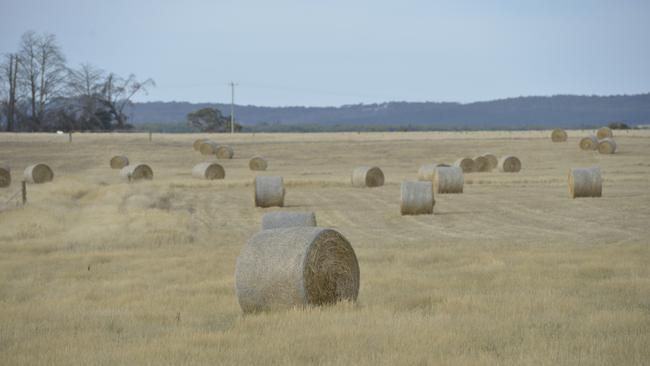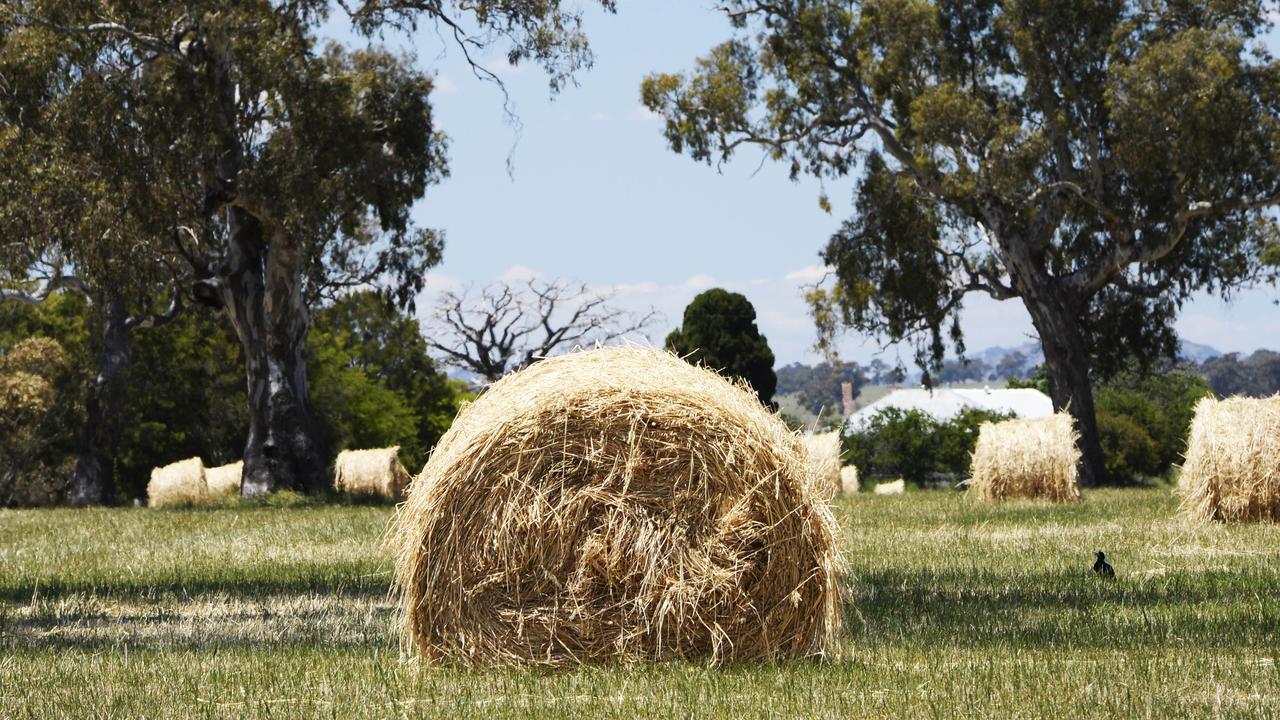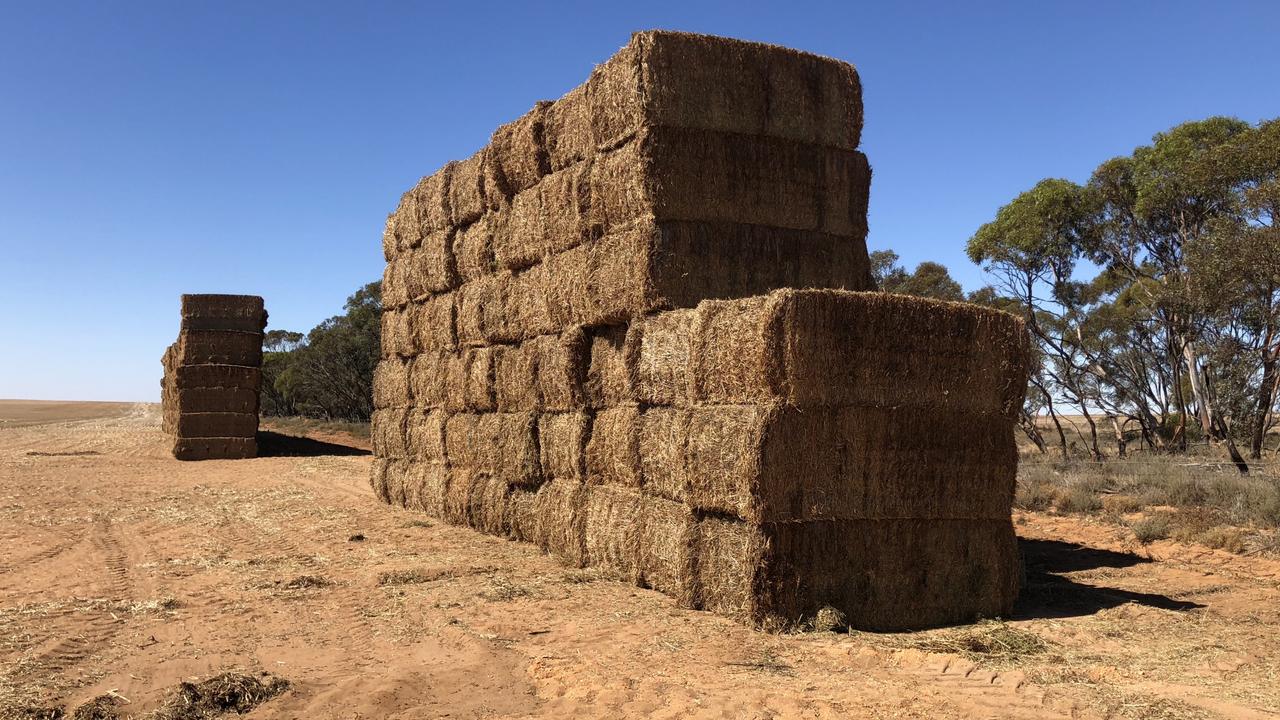Price collapse the last straw for growers
The timing of price swings this year has worked against the aspirations of straw producers.

TO see hay prices suddenly fall during February is a rare thing, but in 2020 it’s the straw producers who have been impacted more than other sellers of fodder.
From the low point of $255 a tonne delivered to Goulburn Valley farms in October last year, the failure of summer rain in the northern states and frenzied grazier demand caused cereal hay prices to surge $90 a tonne by February.
Since the late summer rain started falling over NSW and Queensland in February, the Victorian hay market has lost almost all of its initial summer surge.
The timing of these demand and price swings has worked directly against the hopes of straw producers.
Over the past 10 years, the median straw discount to cereal hay prices has been $75 a tonne. Straw is a popular source of fibre during winter but particularly during droughts.
During the drought periods of 2002-3, 2006-8 and 2012-13, high hay prices have encouraged livestock operators to consider feeding lower cost straw as a cost-effective roughage source. During these drought years straw has traded between $150 and $190 a tonne below the prevailing price of cereal hay.
Last spring the straw discount to hay reached $220 a tonne, which was followed by more drought buying and the bushfire crisis that decimated standing feed in the path of fires.
High yielding grain crops of the Wimmera and Western Districts had been harvested in December and January and the residual stubbles had the potential to challenge the establishment of subsequent crops.
If ever there was a strong incentive for these grain growers to bale stubble as straw it was this 2019-20 season.
And for all the right reasons, there was a large increase in the proportion of cereal grain paddocks baled for straw.
Through their networks, many straw producers were given verbal contracts or assurances that their eager buyers would take all the straw they could bale.
Barley stubbles were preferentially baled as there is a preference in the market for the softer straw.
By the time rain started falling in the northern states in the second week of February, most paddocks intended for straw had been baled.
Some straw buyers began to backtrack on their delivery programs almost immediately. A highly valued source of roughage soon became an unnecessary and avoidable expense and it’s been a tough job selling straw ever since.
The number of straw lots for sale listed online outnumbers cereal hay by more than 40 per cent.
For those dairy farmers who have access to a feed pad, straw should be a popular roughage this winter.
As barley prices have fallen $90 a tonne this year, cereal straw is not a cheap source of energy, but it’s a highly competitive source of roughage.
With straw selling for $130 to $160 a tonne cheaper than cereal straw, dairy nutritionists are recommending straw as the key roughage for their clients’ winter needs.
MORE
DEMAND SET TO RISE WITH ONSET OF WET WEATHER


